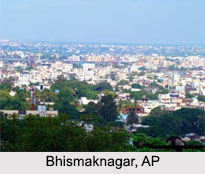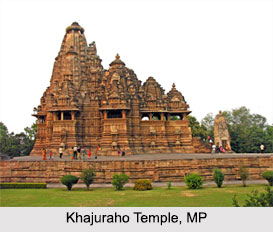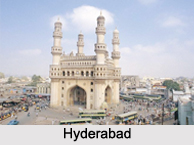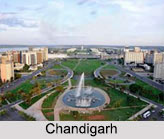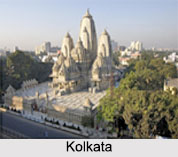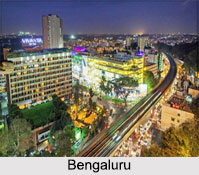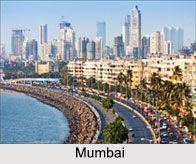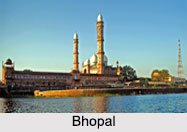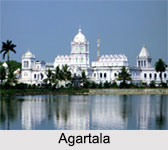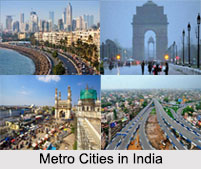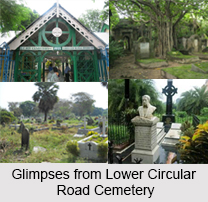 Lower Circular Road Cemetery which is located in the southern part of Kolkata is the house of many 18th and 19th century graves of Kolkata. One is required to take the permission from Christian Burial Board established in Kolkata, West Bengal to take the video shootings and the still photography.
Lower Circular Road Cemetery which is located in the southern part of Kolkata is the house of many 18th and 19th century graves of Kolkata. One is required to take the permission from Christian Burial Board established in Kolkata, West Bengal to take the video shootings and the still photography.
Location of Lower Circular Road Cemetery
Lower Circular Road Cemetery is also known as General Episcopal Cemetery, is located on the crossing of Mother Teresa Sarani, former Park Street and Acharya Jagadish Chandra Bose Road (former Lower Circular Road), Kolkata, with its entrance on Acharya Jagadish Chandra Bose Road.
Establishment of Lower Circular Road Cemetery
Lower Circular Road Cemetery was established in the year 1840 and is still operating as a functional cemetery. It contains approximately 12,000 graves including many former British East India Company employees.
Graves of Lower Circular Road Cemetery
Lower Circular Road Cemetery has the graves of Charles Freer Andrews (died 1940)
Sir William Casement, British Army Major General, Member of the Supreme Council of India, died 16th April 1844, Leslie Claudius who died on 2012, Henri Hover Locke, Michael Madhusudan Dutt (died 1873), Jules Henri Jean Schaumburg and Henry Whitelock Torrens (died 1852).
Continuation of South Park Street Cemetery
Lower Circular Road Cemetery is the continuation part of South Park Street Cemetery, which was operational in colonial India. That cemetery has more 1600 European Tombs and graves with epitaphs and cenotaphs.
Modern Lower Circular Road Cemetery
Lower Circular Road Cemetery now boasts of more 12000 graves with cenotaphs and epitaphs. There are more than 1.25 lakhs of Christian graves and the remaining of humans buried in the Lower Circular Road Cemetery alone.
Related Articles
Capital Cities of India
Kolkata
Tourism In Kolkata
Cemeteries of Kolkata
British East India Company
British Empire in India
Impact of British Rule in India
History of British Architecture in India
Economic impact of the British rule in India
French Possession in India
